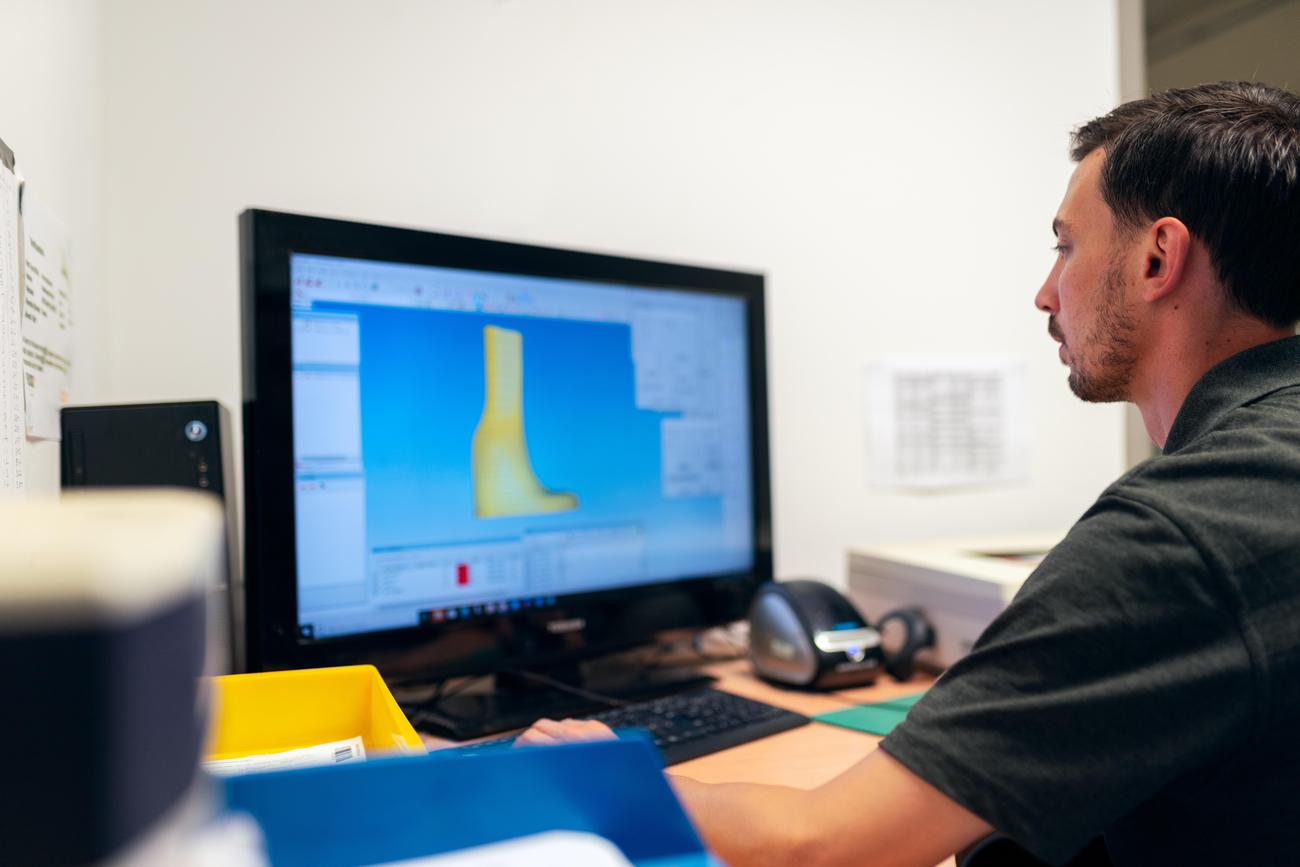Welcome to an enlightening journey where we delve into the fascinating world of orthodontics, uncovering hidden insights and revealing lesser-known information that will revolutionize your understanding of dental alignment. In this article, we embark on a quest to discover the unconventional and lesser-explored aspects of orthodontic treatment. As a highly experienced and knowledgeable orthodontist, specializing in evidence-based dentistry, I am thrilled to share my expertise and unravel the mysteries that surround this field. Get ready to debunk common myths and gain invaluable insights into the lesser-known world of orthodontics – a treasure trove of knowledge awaits!

Discover Lesser-Known Orthodontic Information
As an experienced orthodontist with a deep understanding of conventional and innovative orthodontic techniques, I’m here to shed light on some of the lesser-known aspects of orthodontics. Through years of clinical practice, research, and education, I’ve encountered myths and misconceptions that often mislead patients and even some practitioners. Today, I invite you on a journey to discover lesser-known orthodontic information that will empower you to make informed decisions about your orthodontic treatment.
Let’s start by debunking a common myth associated with orthodontic treatment. Many people believe that orthodontics is solely about having a perfect smile. While a beautiful smile is indeed a desirable outcome, orthodontic treatment goes beyond aesthetics. Orthodontics primarily focuses on improving the alignment of your teeth and jaws, with the aim of enhancing your overall oral health and function. By correcting any irregularities, such as crowding, misalignment, or improper bite, orthodontic treatment can prevent and address various dental issues, including gum disease, tooth decay, and even jaw joint disorders.
Orthodontics is a partnership between the patient and the orthodontist. To design a personalized treatment plan that suits your unique needs, an orthodontist employs various diagnostic methods. These may include 2D radiographs and plaster dental casts, allowing them to assess the current state of your teeth and jaws accurately. By gaining a comprehensive understanding of your oral condition, an orthodontist can then recommend suitable treatment options that will align your teeth and jaws effectively.
One lesser-known aspect of orthodontics is its evolution over the years. While traditionally associated with adolescent treatment, adult orthodontic treatment is becoming more and more common. It’s never too late to achieve the smile you’ve always wanted or address any functional issues that may be affecting you. Adults can benefit from orthodontic treatment just as much as teenagers. Whether it’s through clear aligners, lingual braces placed on the inner surface of the teeth, or other innovative techniques, a skilled orthodontist can guide you towards a healthier and more confident smile.
Now, you might be wondering about the risks associated with orthodontic treatment. Like any medical or dental procedure, orthodontic treatment does come with some risks. However, it’s essential to understand that these risks are relatively uncommon and can be minimized with proper care and a highly trained orthodontist. In fact, advances in technology and techniques have significantly reduced the likelihood of experiencing complications during orthodontic treatment. Working with an experienced orthodontist who practices evidence-based dentistry and follows best practices can help mitigate any risks and ensure a smooth treatment journey.
PROS:
- Orthodontic treatment improves overall oral health and function.
- It enhances aesthetic appearance and boosts confidence.
- Treatment plans are personalized based on individual needs.
- Advances in technology and techniques have minimized complications.
CONS:
- Risks associated with orthodontic treatment, although relatively rare, can include tooth sensitivity, gum irritation, and temporary discomfort.
To better illustrate the lesser-known information we’ve covered so far, let’s take a glimpse at this analogy: think of orthodontics as a journey to a better smile and improved oral health. The orthodontist serves as your guide, mapping out the route and tailoring it to your specific needs. Along the way, you may encounter minor road bumps, like temporary tooth sensitivity or gum irritation, but these are mere detours on the path to your desired destination—an aligned, healthy, and confident smile.
In conclusion, as we discovered lesser-known orthodontic information together, we’ve debunked myths, explored the partnership between patients and orthodontists, delved into the evolution of orthodontic treatment, and examined the associated risks. Remember, orthodontic treatment is not just about aesthetics; it’s about harmonizing your teeth and jaws for improved oral health and function. By seeking the expertise of a knowledgeable orthodontist committed to evidence-based dentistry, you can embark on a journey towards a transformed smile and a healthier you.
“Orthodontics is not just about a perfect smile; it’s about enhancing your overall oral health and function.”
If you think you know everything there is to know about orthodontics, think again! Our orthodontic trivia will challenge even the most knowledgeable individuals in the field. Are you ready to test your expertise and learn something new? Click here to put your orthodontic knowledge to the ultimate test: Orthodontic trivia. Don’t miss this opportunity to expand your understanding of orthodontics while having fun at the same time!

FAQ
Question 1: What is evidence-based dentistry and how does it relate to orthodontics?
Answer 1: Evidence-based dentistry involves using the best available scientific evidence to make informed decisions about dental treatments. In orthodontics, this means relying on research and clinical studies to determine the most effective and efficient treatment options for patients.
Question 2: What are some of the lesser-known orthodontic techniques available today?
Answer 2: There are several lesser-known orthodontic techniques that offer alternative options for teeth alignment. Some examples include lingual braces, which are placed on the backside of the teeth, and clear aligners, which are virtually invisible and removable.
Question 3: Are there any risks associated with orthodontic treatment?
Answer 3: Like any dental treatment, orthodontic treatment carries certain risks. These can include tooth sensitivity, temporary discomfort, and the possibility of needing additional procedures, such as tooth extraction. However, with proper diagnosis and treatment planning, the risks can be minimized.
Question 4: How is orthodontic treatment evolving, particularly for adult patients?
Answer 4: The field of orthodontics is continuously evolving, and there has been a significant increase in adult orthodontic treatment in recent years. Advancements in technology have made treatments more discreet and comfortable, catering to the aesthetic concerns of adult patients.
Question 5: What are some common myths about orthodontic treatment?
Answer 5: There are several common myths associated with orthodontic treatment. Some of these include the belief that braces are only for teenagers, that orthodontic treatment is painful, and that the results are only temporary. In reality, orthodontic treatment can benefit people of all ages, discomfort can be managed, and the results can be long-lasting with proper care.
- Unveiling the Enigma: Mansoureh Khojasteh Bagherzadeh’s Public Appearances & Private Life in Iran - July 18, 2025
- Unveiling the Mystery: Mansoureh Khojasteh Bagherzadeh’s Husband: A Rare Glimpse into a Private Life - July 18, 2025
- Unveiling Masoud Khamenei’s Mother: Power, Influence, and Iran’s Future - July 18, 2025
















